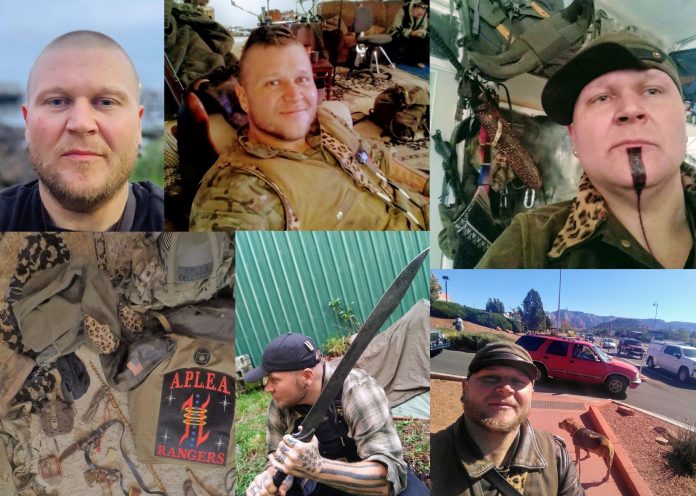In Wednesday’s newspaper, we summarized the findings of the 407-page report investigating the fatal shooting of Jonathan Messare on Newcastle Lane on Jan. 20 of this year.
The shooting is the first fatal officer-involved shooting in the history of the city of Sedona.
At first glance and out of context, the story is a simple tragedy.
Three long-time police officers arrive on scene where a man had earlier threatened a woman with a machete or a sword — depending on your interpretation of the weapon. The man comes toward the officers, swinging the weapon above his head, refuses to drop it and is shot. Still standing, he comes again toward the officers and is shot again before falling. He dies on the scene.
Looking deeper into the report and the history of the suspect the situation is far more complicated and far more tragic.
The three Sedona police officers who arrived on scene had never encountered the suspect before. The findings of the Arizona Department of Public Safety ruled that the officers were justified in their shooting. The two dashcam videos show that the scene escalated extremely quickly, in less than a minute from the moment they arrive, giving the officers little time to talk the man down, calm him, assuage his fears of law enforcement or assess what might have been going on inside his mind prior to gunshots being fired.
Messare grew up in New York and served in Iraq with the United States Army. By all accounts he was honorably discharged — he had the honor of a military funeral and was interred in a veterans’ cemetery in New York.
He came to Sedona last summer and had some incidents with local law enforcement, but not with any of the three officers at the scene on Jan. 20. He had recently been asked to leave the studio he was staying at, according to investigators, and was staying at a friend’s house the morning of the shooting. The friend told investigators he thought Messare might be suffering suicidal ideation.
According to comments in videos on Messare’s Facebook page, as well as comments by a Sedona friend interviewed by investigators and comments by family on social media, Messare returned from Iraq suffering post-traumatic stress disorder, which they mention in various ways as either possibly having caused some mental illness or exacerbated a pre-existing mental illness that Messare suffered from after leaving the Army.
Messare had a wife and four children, but was estranged from them. Back in Oregon, he had numerous encounters with the police, most notably at one point, stripping off his clothes outside of a school and running toward officers with a knife concealed in his hand, cutting one officer when he subdued.
It is tragic that whatever mental illness he might have suffered was potentially left untreated after serving his country in uniform.
The United States has a long history of asking its citizens to serve in combat, put their lives on the line in defense of freedom or liberty, or to fight for independence, or against slavery and secession, or to battle foreign despots, imperialists, dictators and fascists, but fall short when they return home and leave the uniform behind, having had to fight again for pensions and services they were promised when they enlisted.
The G.I. Bill sent hundreds of thousands of veterans to college after World War II and the U.S. Department of Veterans Affairs has worked to provide assistance and programs for veterans after their tours, but mental health services have always been lacking.
PTSD is a symptomatic development of placing human beings in war zones, constantly on edge, for months or years. PTSD was called “soldier’s heart” in the Civil War, “shell shock” or the “thousand-yard stare” in World War I, and “war neurosis” in the Second World War. As a species, we are not built for sustained warfare against other humans and everyone has a breaking point.
Recent personal setbacks, including possible PTSD and/or mental illness compounded by drugs found in Messare’s system, led to a tragic confrontation when police officers arrived.
No amount of armchair quarterbacking can undo what happened, but the lengthy investigation can give us an idea and an explanation why this tragedy may have happened.
Christopher Fox Graham
Managing Editor






















